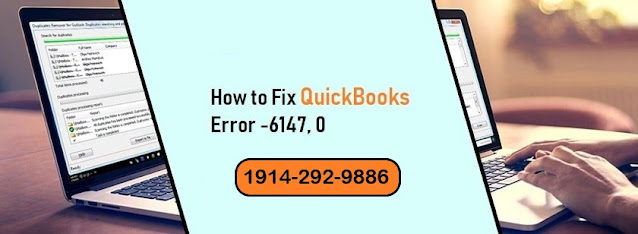How to Record Bank Deposit in QuickBooks
Small business organizations implement different features in QuickBooks online to effectively operate their expenses and income. Today’s topic will cover the step-by-step guidance on how to record bank deposit in QuickBooks.
Significance of Record Bank Deposit in QuickBooks
You are required to record a deposit in QuickBooks whenever a check is received from other customers rather than your client. To perform the recording of the deposits need types of checks including insurance claim check, a refund check via tax authority, and a rebate check through a vendor. This helps to monitor entire banking transactions & account reconciling.
List of steps to record bank deposit in QuickBooks
Complete recent transactions are present in the deposited fund accounts will display in the Bank deposit window.
Embed transaction into your un-deposited money account
This account represents transactions that are needed to record a deposit in QuickBooks. Integrate the sale receipts and invoice payments require to link with an un-deposited funds account.
The next step is to merge the payments
Each bank deposit generates a particular record.
Below are the steps:
- Discover the +New
- Choose Bank Deposit
- Find-out the Account appearing in the drop-down button that you wish to deposit the funds into
- Choose the dialog box for each payment that you wish to combine. Ensure the total deposit & preferred payments identical to the deposit slip. Set it as a reference
- Hit on Save and Close button.
What are the steps for the processing fee?
Follow the guidance:
- Navigate the Add funds to this deposit option
- Write the fee referring a line item
- Choose the past bank who are charging you after that choose Bank Charges from the drop-down button named account
- Input the fee indicating negative number for instance if the fee was $ 36 then write -.36
- Verify the total deposit along with a fee
- Click on Save & New.
Here is the list of steps to create a Bank charges account:
- Discover +Add new option listed in Account drop-down option
- Now locate the account creation window to choose Expenses from account type and Bank charges from the details option
- Write a name as Bank fees to the account.
Deposits Management:
How to check past bank deposits?
Below-mentioned is the steps to monitor past deposits:
- Locate Reports menu
- Discover Sales & customers tab
- Choose the Deposit Details report.
How to disconnect a payment from a bank deposit?
Want to remove a particular payment from a deposit?
Follow the given instructions:
- Locate the Sale option located in the menu and then choose All Sales option
- Search and select the payment account that is needed to remove note that the status is closed
- Check the blue date link positioned near customer name which will display the bank deposit window
- Deselect the preferred payment listed in an account
- Hit Save & Close
- Now you can embed the payments in another deposit.
Steps to delete the complete bank deposit
Following are the simple steps
- Discover Accounting option
- Choose Chart of Accounts
- Sort out the bank account associated with deposit and afterward choose Account history
- Find out the deposit and click it to display in-depth details
- Hit on Delete.
Through these instructions, your entire payments will return to the Bank deposit. Now you are eligible to create a new deposit.
Conclusion
Above, you get the efficient method described for how to record a bank deposit in QuickBooks Desktop. So, follow it dedicatedly. Apart from this, if you want to know something else; then don’t hesitate to reach the QuickBooks customer helpdesk. The team of experts is available 24/7 hours to provide you the best assistance. The experts are eager to assist the clients to get connected with them, save time & effort.
Source: https://bit.ly/2zjgHBJ




Comments
Post a Comment